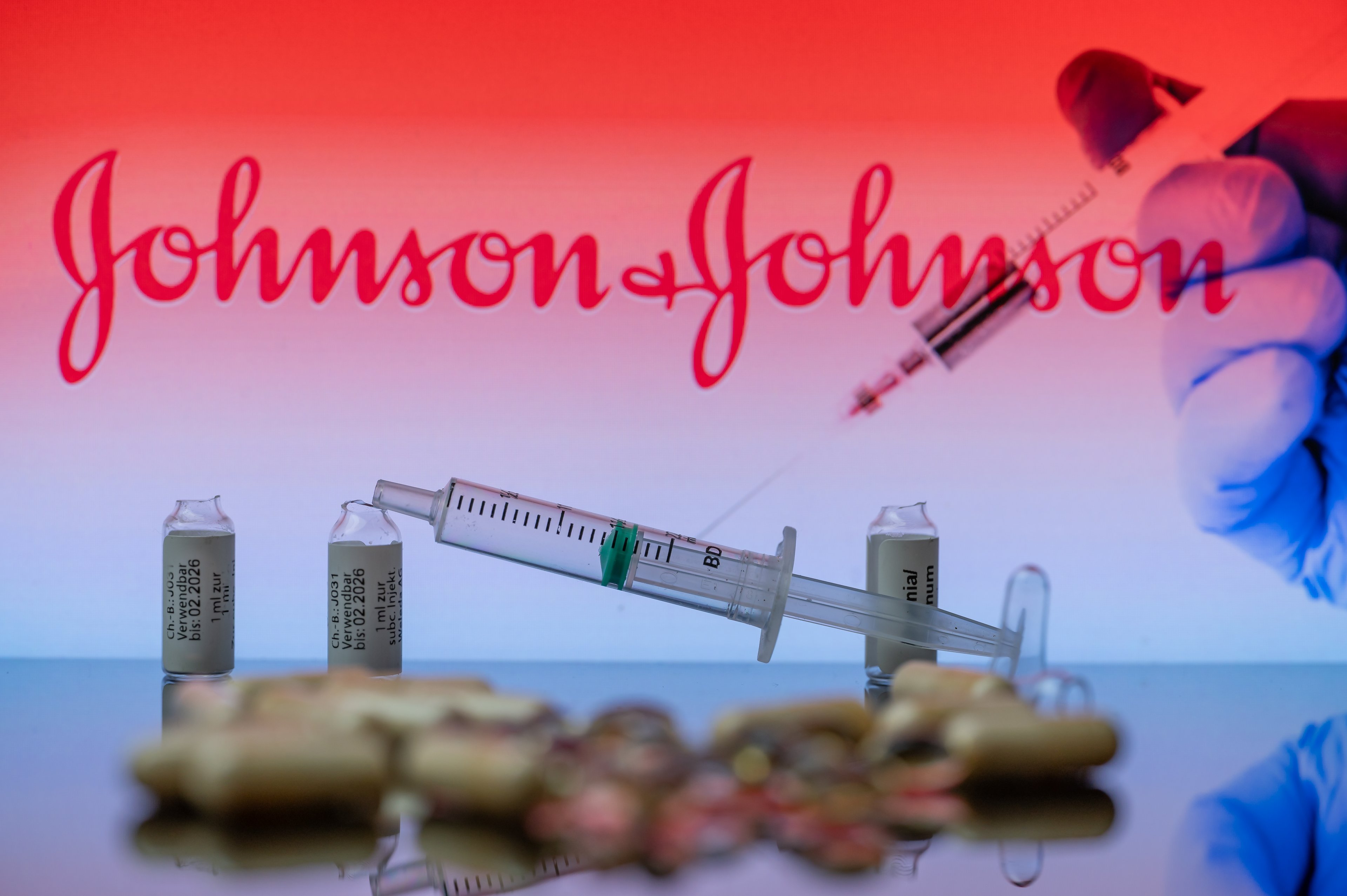
Source: Johnson & Johnson.
The Dow Jones Industrial Average may have lost 1,000 points over the past month, but it's business as usual for healthcare conglomerate Johnson & Johnson (JNJ 0.66%), which reported mixed, yet still surprisingly strong, results for the third quarter this morning.
Johnson & Johnson by the numbers
For the quarter, Johnson & Johnson announced that it produced $18.47 billion in sales, up 5.1% from the previous year (sales were up 5.8% and affected negatively by currency translation) as its net earnings jumped to $4.3 billion, or roughly 10%, to $1.50 per share. Comparatively speaking, Wall Street was only expecting Johnson & Johnson to deliver $18.41 billion in sales and $1.44 in EPS, so this was a nice beat at least on the earnings side of things.
Furthermore, Johnson & Johnson also boosted its full-year profit forecast from a prior range of $5.85-$5.92 per share to a fresh range of $5.92-$5.97 per share. The Street's full-year EPS estimate prior to this revision was $5.92, so it appears analysts were well anticipating a beat.
Let's take a closer look at how and why Johnson & Johnson was able to shine yet again.
What worked and what didn't
The big factor for J&J which continues to ignite its results is its pharmaceutical sales. Even though its consumer products and medical device and diagnostic segment combine for more in total sales than its pharmaceutical segment, the margins in its pharma segment absolutely trounce that of the other two, making it by far J&J's cash cow.
Source: Johnson & Johnson.
For the third quarter, Johnson & Johnson announced an 18.7% increase in pharmaceutical sales, led by a 33.1% increase in the U.S., the world's No. 1 user of pharmaceutical products. While J&J's best-selling anti-inflammatory Remicade continued to lead the way with 6.1% sales growth worldwide, it's the company's ability to successfully launch new drugs that continues to put it at the head of the pack.
As we've examined previously, since 2009 no pharmaceutical company has been more successful with new drug launches and subsequent sales generated from those drugs. These include Stelara's 47% sales gain last quarter, Zytiga's 23% increase in sales, Xarelto's 68% jump in sales, and Olysio bursting onto the scene with $796 million in global quarterly sales.
Source: Johnson & Johnson.
Johnson & Johnson's remaining segments delivered results that were pretty much on par with expectations.
In consumer products, J&J reported a 0.6% decline in global revenue, though again this was hurt by currency translation as well as the sale of its women's health products division to Energizer. If the year-over-year women's health comparison were excluded, J&J would have delivered a low-single-digit increase in consumer product sales, led by a nearly 8% revenue increase in international over-the-counter product sales.
Its medical device and diagnostic segment was also understandably weak, with revenue down 4% overseas and 6.5% domestically. Overseas markets, such as Europe, are still in recovery mode and consumers have put off elective procedures in many instances. At home, sales slumped because of the sale of its Ortho Clinical Diagnostics segment for $1.9 billion. Remove that sale from the equation and medical device and diagnostic year-over-year sales would have been roughly flat. Overall, cardiovascular care was a bright spot with 8.2% overall sales growth, while vision care saw sales sink nearly 6% globally.
Time to buy?
Perhaps instead of asking whether or not Johnson & Johnson is a buy after this report, the question should be: Why would anyone sell it? Personally I can't think of many reasons, suggesting that the quarter was simply business as usual for this healthcare giant.
Although its shares are down by almost 1% as of this writing (on a positive day for the overall market), I would look past these short-term emotional gyrations and focus on J&J's bread and butter: its high-margin pharmaceutical business. Remicade is protected by patent for another four years and plenty of the company's newly approved drugs are showing that they'll be ready to fill the Remicade void when it loses exclusivity. In other words, steady as she goes for J&J.








